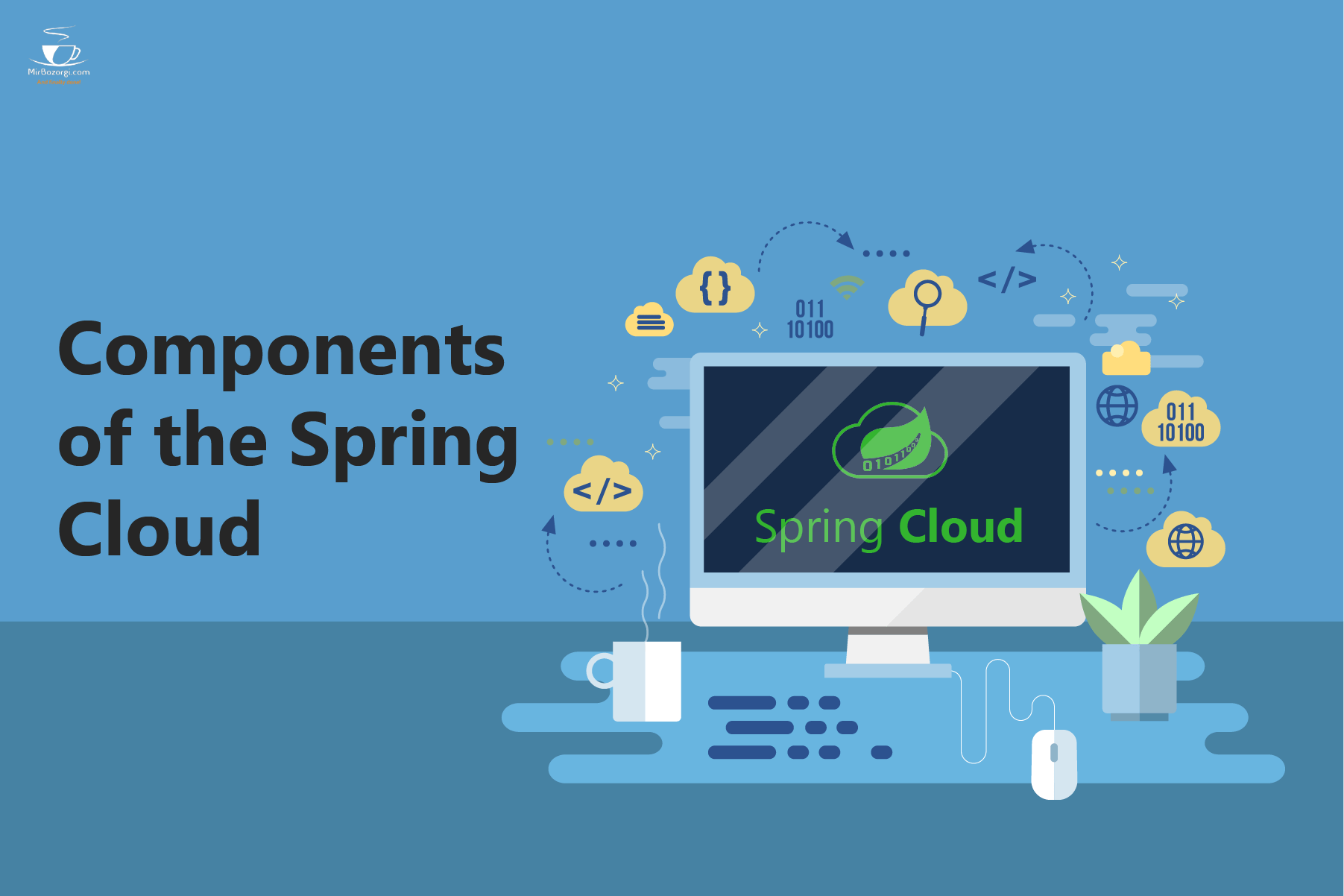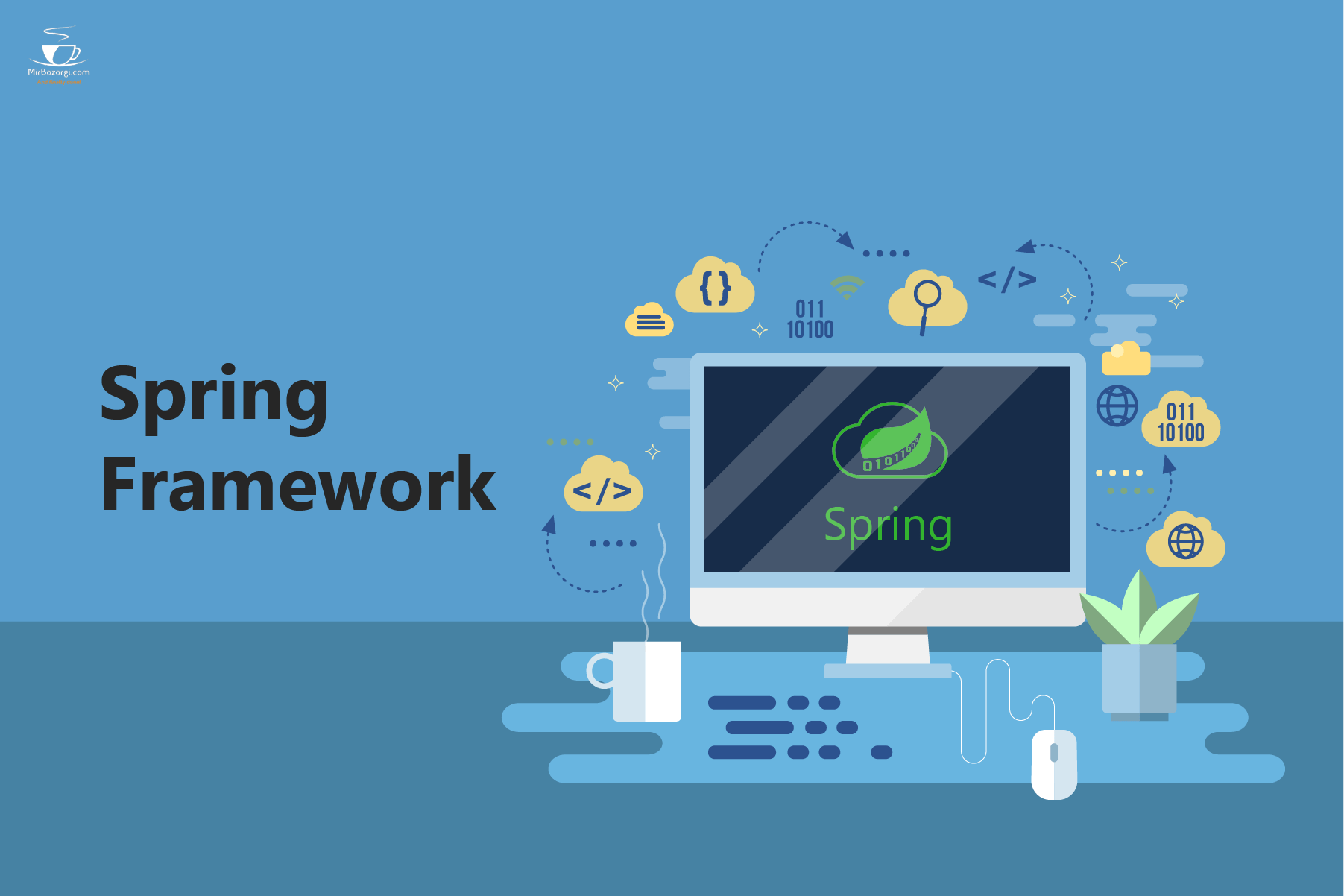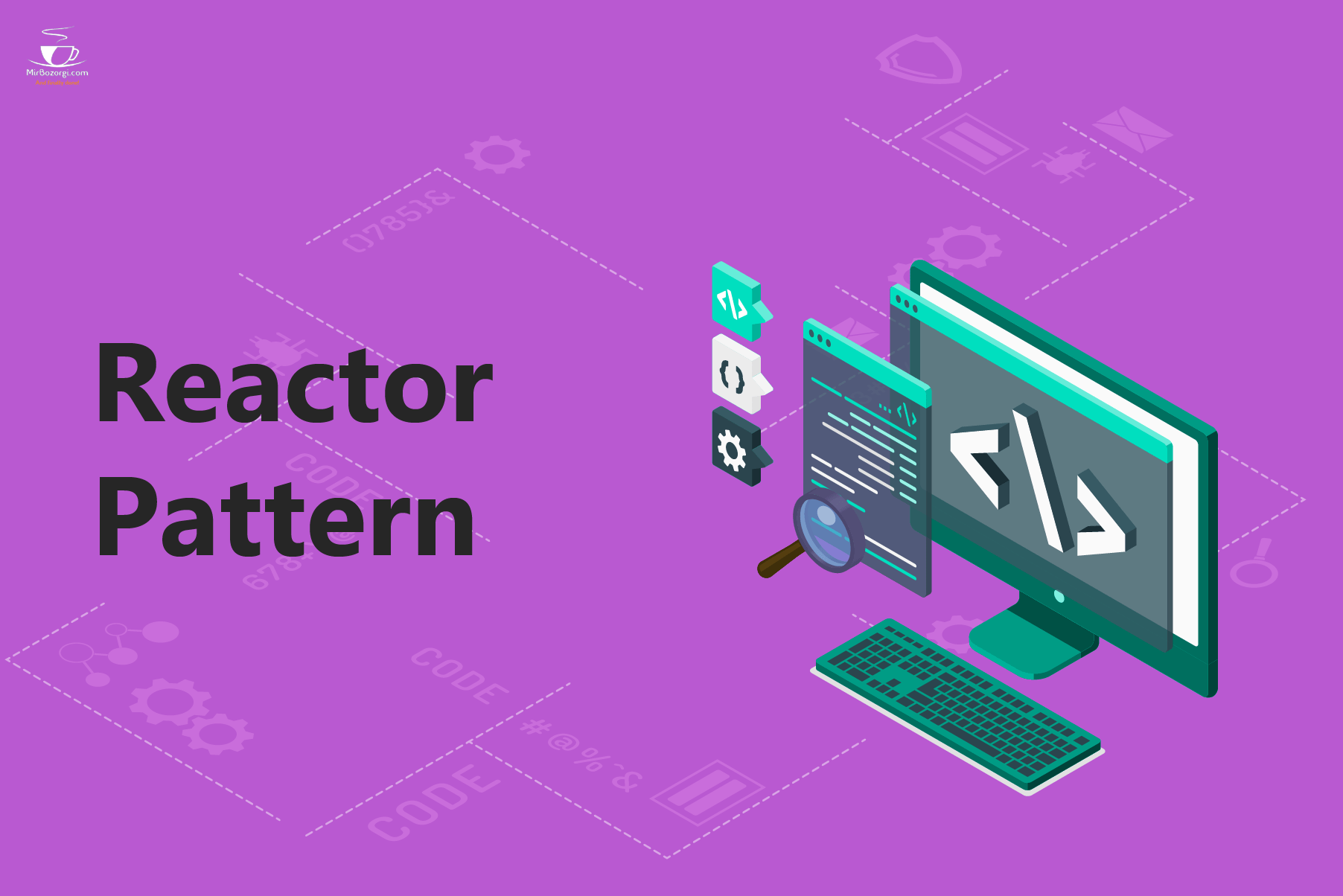What you read in this article:
Components of the Spring Cloud
I’m Arsalan Mirbozorgi;
These plug-and-play components make it simple to create distributed system use patterns based on Spring cloud components. Spring cloud comes in handy when developing services and applications that use boilerplate patterns created by distribution systems. It is possible to write code that can be reused over and over again without having to change the code. These patterns help speed up the development of code. Spring cloud components differ from templates because they are not tailored to a specific use case, whereas templates are.
What are Spring Cloud Components?
Spring cloud components are the building blocks of the spring cloud architecture, which are the bits and bytes that make up the cloud. JVM applications can be developed on the cloud using Spring Cloud, an open-source library. We now face the question of why we want to use the cloud to run services and applications. What will we gain from this?
Cloud computing has many advantages, including the abundance and ease of access to services. One can simply create services by clicking a button or writing a shell script instead of managing hardware, operations, crash backups, etc. In the example of a relational database, the Spring cloud will remove the needless work of accessing and configuring the method of connectors and instead allow the developer to focus on what is more important, as the functionality of services.
It doesn’t matter what type of cloud it is; the spring cloud’s functionality is the same. If a cloud provider’s functionality is implemented, it can be easily extended to other providers by either implementing interfaces or using the rest of the library’s functionality.
On the cloud, it’s practically impossible to support all kinds of services, so a large number of services are supported. It also brings the user the ability to customize the service to their specific needs. As a final bonus, Spring applications running in the cloud can take advantage of dedicated support. Application and service properties are exposed in Java or XML in a manner that is simple to consume.
Components Type
The following is a list of the different types of components:
spring-cloud-aws
Amazon Web Services (AWS) can be easily integrated with spring-cloud-AWS (AWS). Spring idioms and APIs can easily be used to interact with AWS services through this.
spring-cloud-bus
The spring-cloud-bus component facilitates distributed messaging linking of services and service instances. The cloud bus is used extensively to propagate state changes, such as config updates.
spring-cloud-cli
There is a ‘plug and play’ option for Groovy application development in the spring cloud: spring-cloud-CLI Launch services are made easier with this command-line interface for the spring cloud.
spring-cloud-commons
Features are delivered to two libraries by means of the spring-cloud-commons framework. The Spring cloud context provides utilities and special services, while the Spring cloud commons provides a set of abstractions and common classes for implementations of cloud services.
spring-cloud-contract
spring-cloud-contract: This is a collection of cloud-based solutions for implementing consumer-driven contracts. For real-time testing communication between services, this component is a must-have.
spring-cloud-config
In a distributed system, spring cloud config provides both server and client-side support for external configuration. The spring-cloud-vault is one of the sub-components.
spring-cloud-NetFlix
Netflix OSS can be seamlessly integrated with spring-cloud-NetFlix (Operation support system). In order to solve the distributed system problem at a scalable level, Netflix has developed this open-source software (OSS).
spring-cloud-security
Developing a set of primitives for creating secure applications with the fewest possible bottlenecks is made easier thanks to spring-cloud-security. This component has a wide range of options that can be tailored to the specific problem at hand.
spring-cloud-cloud foundry
This feature has been added to make it easier for the Spring Cloud to run apps on Cloud Foundry. A “middleware” that connects an app to a platform is what Cloudfoundry is.
spring-cloud-consul
Consul, a service networking solution, is enabled by spring-cloud-consul.
spring-cloud-sleuth
This component simplifies the implementation of distributed tracing solutions and should be largely invisible to the end-users.
spring-cloud-stream
The spring-cloud-stream enables event-driven microservices to be developed in a highly scalable manner
spring-cloud-zookeeper
In the Spring Cloud Zookeeper, developers can easily enable and configure common patterns in applications.
spring-cloud-task
Helps in developing short-lived microservices that are usually run on a local computer
spring-cloud-gateway
Optimizes and creates a simple yet effective way of routing APIs while keeping in mind cross-cutting concerns.
spring-cloud-openfeign
Using auto configuration and binding to the environment of spring, spring-cloud-openfeign aids in the integration of spring boot apps.
spring-cloud-function
As a result, the developer is able to focus on the business logic rather than the details of transport and infrastructure.
What are the reasons Spring Cloud is needed?
Spring Cloud isn’t the only way to build microservices; Spring Boot can also be used, but Spring Boot has a few drawbacks that lead many developers to turn to Spring cloud instead.
The complexity of a distributed system
Developers can use Spring Boot to create standalone Java applications that run on a tomcat server. This approach to using Spring Boot ignores the complexities of distributed systems, such as network/bandwidth issues, security concerns, latency, and other considerations. When it comes to a distributed system, Spring Cloud comes in handy.
Special Tools
The spring cloud has special tools that enhance its functionality and improve processes and services in a cluster’s ability to locate and communicate with one another. To accomplish this, the directory of services is kept up to date, and new services are added to the directory whenever they are created.
Redundancy
Redundancy is a problem when dealing with distributed systems. The use of redundancy allows us to have multiple systems in our system at the same time. However, when the redundant node is out of sync, the problem arises.
Performance Enhancement and Load Balancing
Improved network performance can be achieved by allocating workloads to different resources in a distribution system. Load-balancing is the name given to this technique. In addition, the spring cloud is designed to improve performance by reducing operational overheads.
Deployment Complexity
The complexity of distributed systems necessitates the use of Spring Cloud to ease the burden of deployment.
Conclusion
Distributed systems have a lot of complexities, which can lead to poor service or even disappear altogether as we begin to decompose the monolith using a distributed system. As a result, we use the Spring cloud to build self-healing distributed systems in order to reap the benefits of microservices. As a wrapper for other implementation stacks, the spring cloud provides a wide range of cloud-independent cloud services.









